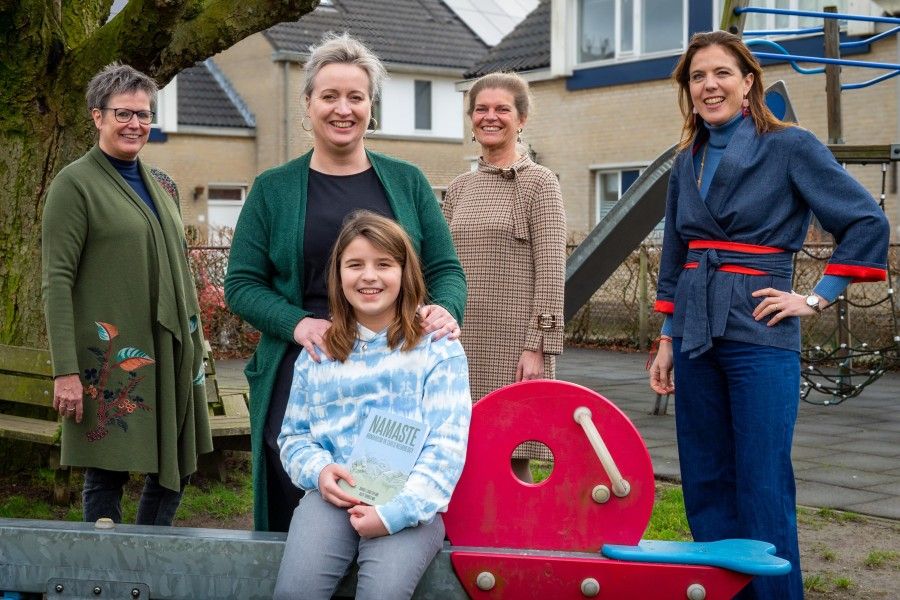Collaboration between care providers enables unhindered development

Epilepsy patient Sara seizure-free for more than a year
Epilepsy can hit like a bomb at a young age. Sara Hendriks (10) experienced this first-hand, but no longer has to fear a disturbed development into an independently functioning human being. The intensive chain collaboration between the ETZ (Elisabeth-TweeSteden Hospital), the LWOE (National Employment Association for Education and Epilepsy) and expertise centre for epilepsy Kempenhaeghe. Monday 14 February is International Epilepsy Day, the annual moment when the world reflects on this radical brain disorder.
Sara suffered from a benign form of epilepsy: absence epilepsy. Then suddenly her attention fell away and she no longer noticed what was said (to her). The subtle features often ensure that the environment does not notice an attack. That is insidious, because in this way children slowly fall behind their peers.The absence epilepsy also affects the self-confidence of the child. "You can work on this by guiding the child at home and at school," explains ETZ pediatric neurologist Jikke-Mien Niermeijer.
Book
That eventually happened to Sara who received intensive guidance at home, at school and in the hospital. Niermeijer, together with ambulatory educational supervisor of the LWOE Marjon Milatz, eventually recorded this trajectory as a written chapter in the book 'Namaste: Humanism in Child Neurology' by (children's) neurologists Alcy Torres (Boston University) and David Coulter (Harvard University). The latter made a worldwide appeal to pediatric neurologists for their views on humanism in pediatric neurology and humanity in treatment.
Centric Patient
The collaboration between the ETZ, the LWOE and Kempenhaeghe fits in seamlessly with this, because it transcends the boundaries of the various living and care domains. The patient is central and surrounded by healthcare professionals, who all deal with an important aspect. In Sara's case, this resulted in a broad approach to her condition. Niermeijer, Milatz and Kempenhaeghekinderneurologist Mariette Debij -Van Hall played the leading roles.
Higher level
Niermeijer treated her for a long time in the ETZ, while Debeij-Van Hall refined the diagnosis and medication advice and investigated the impact on Sara's development. The third link was Milatz, who offered intensive guidance in the home and school situation. This is very important because a large part of the absence epilepsy takes place outside the hospital walls. In addition, Milatz sought low-threshold contact with the parents and teacher to explain Sara's condition and the best way to deal with it.
Provide support
The ultimate goal is to offer support to the parents and the child, so that he can then develop into an independently functioning human being without hindrance. They finally achieved that goal. Sara was diagnosed with absence epilepsy when she was 4.5 years old, learned 2.5 years later that she needed the antiepileptic drugs (medication) less often and has been seizure-free for more than a year. This is to the great satisfaction of all those involved. As a result, a beautiful care web forms around the patient, so that she is less bothered by the condition in all areas. It is important that healthcare professionals pay attention to this and know that they can engage other professionals for this. In the end, you take the entire treatment to a higher level", Niermeijer concludes her story.

